At the turn of the millennium a new generation of computer-designed military camouflage patterns, now usually referred to as Digital, came to prominence and the armed forces of the Hashemite Kingdom of Jordan were among the first to join this revolution.
In the May 2014 issue of the currently out-of-publication COMBAT & SURVIVAL Magazine, just after my return from an assignment to document United Nations Peacekeepers in Cyprus (UNFICYP) on their mission’s 50th Anniversary, we started running a series on camouflage uniform articles under the Kit & Camo banner. My initial thoughts were that this would be a mini-series of probably five parts, but the concept of presenting a lead image and four supporting views of the same soldier proved popular and I ended up penning about fifty articles in similar format.
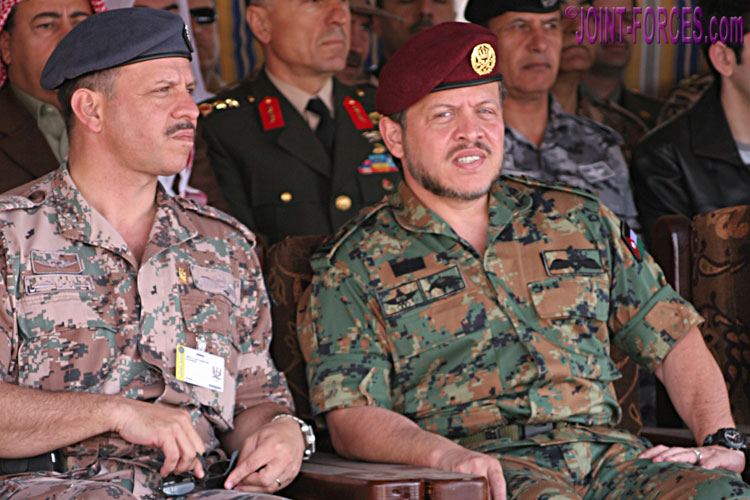
Photographed in 2006, here His Majesty King Abdullah II (right) in KA2 SF camo sits alongside his brother HRH Prince Faisal who wears KA2 Desert pattern [© Bob Morrison]
In 2002 inventor Guy Cramer, President of the Vancouver-based HyperStealth Biotechnology Corporation, began development of a set of new military camouflage patterns based on a mathematical formula known as fractals, and the following year was commissioned by King Abdullah II of Jordan to produce designs for that country’s armed forces and police. By 2004 the retired lieutenant colonel Timothy R. O’Neill, who developed digital camo for the US Army in the seventies and who is considered by some to be the world’s leading expert on military camouflage, had joined HyperStealth to further develop his research and combine it with Cramer’s fractal designs; it is claimed that the US Marine Corps digital camo, known as MARPAT, is based on O’Neill’s research, and that the earlier Canadian digital camo, known as CADPAT, was also based on his digital micropattern ideas.
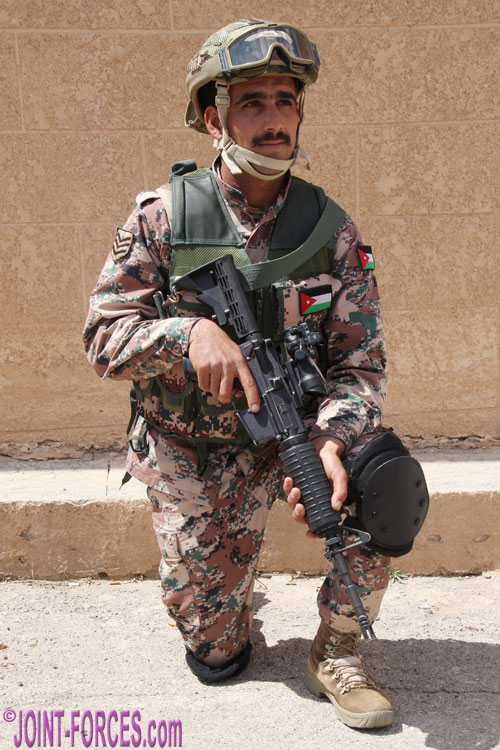
A Jordanian Army sergeant poses for us at SOFEX – on safety grounds as no blanks were carried he is photographed here without a magazine fitted [© Bob Morrison]
Among the thousand new digital designs, Cramer and O’Neill claimed to have produced over 150 conversions of traditional camo patterns to a pixellated format, along the lines of the Canadian CADPAT and US Marines MARPAT. These digitised patterns included progressions of Australian DCT (AUSCAM), British DPM, German Flecktarn, US Woodland and the many Russian schemes. Not content with converting modern camo designs, the team also turned their attention to successful World War II and follow-on camouflage patterns, and even produced five different variants of the distinctive Vietnam ‘tiger stripe’, of which a then new US Air Force design was believed to be one.
His Majesty King Abdullah II bin Al Hussein, who was commander of Jordan’s Special Operations Command when Crown Prince, is a career soldier with wide military experience. Commissioned as a Second Lieutenant in the Royal Hussars in 1981, after graduating the Royal Military Academy at Sandhurst, he served as a recce troop leader with the British Army of the Rhine, then served as 2IC of his country’s 40th Armoured Brigade before training as a pilot on Cobra ground attack helicopters, and attended Britain’s Royal Staff College before taking charge of a Special Operations Brigade, in 1994, and then assuming command of the enlarged JSOC in 1996. With such a varied hands-on military career, few other Heads of State could be in a better position than King Abdullah II to personally supervise the re-equipping of their country’s armed forces with completely new and state-of-the-art camouflage uniforms.
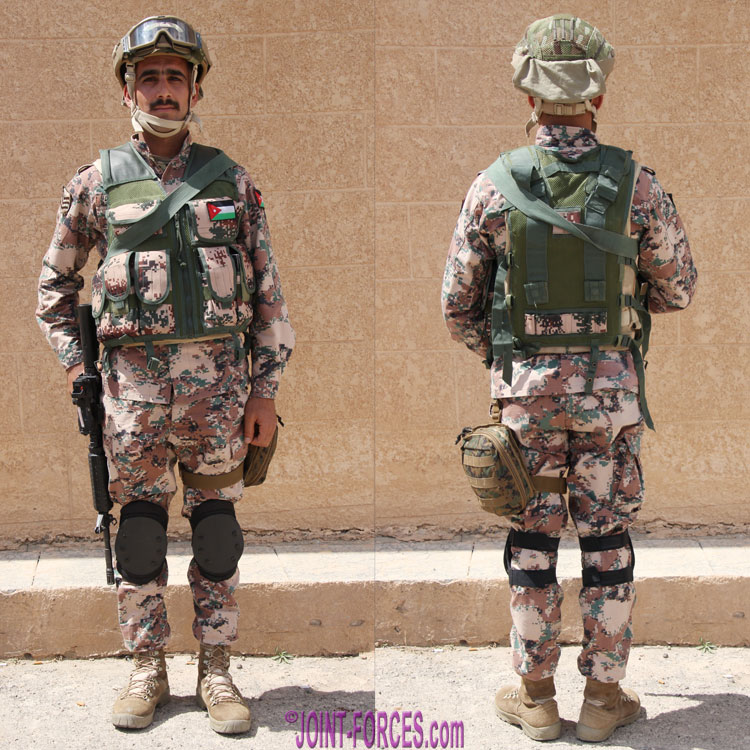
Front and rear views – although the load vest is olive the integrated pouches are made from KA2 fabric [© Bob Morrison]
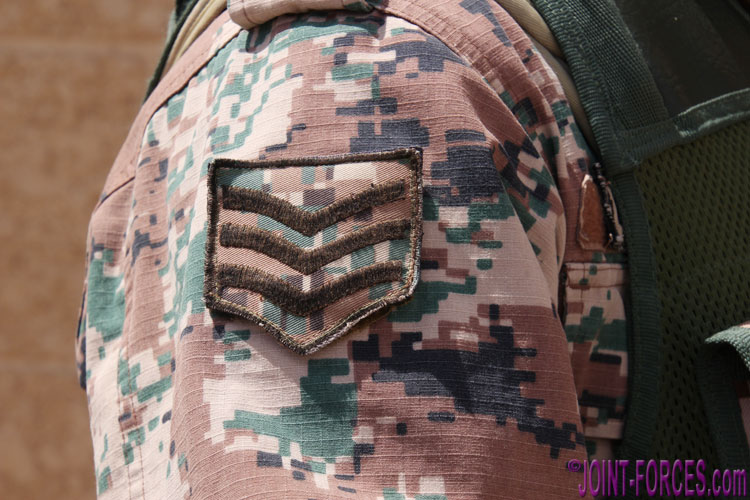
Sergeant’s stripes – the JAF rank structure and insignia is closely based on that of the British Army – as Jordan’s terrain, though mostly arid, is quite varied more green than one might expect is used [© Bob Morrison]
To be continued…


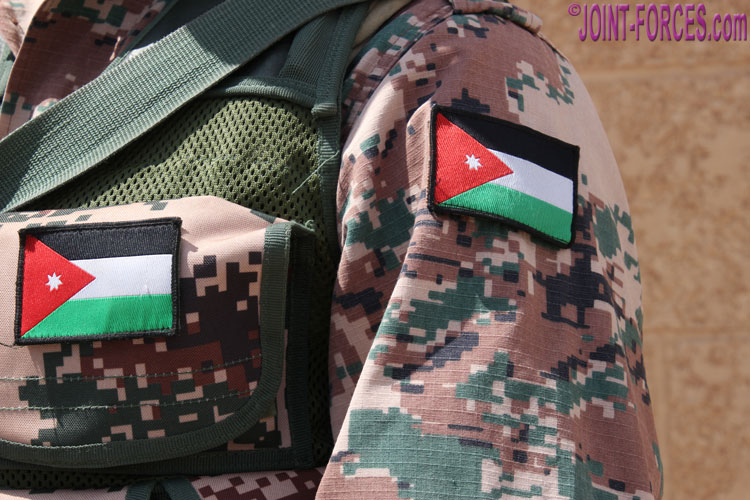
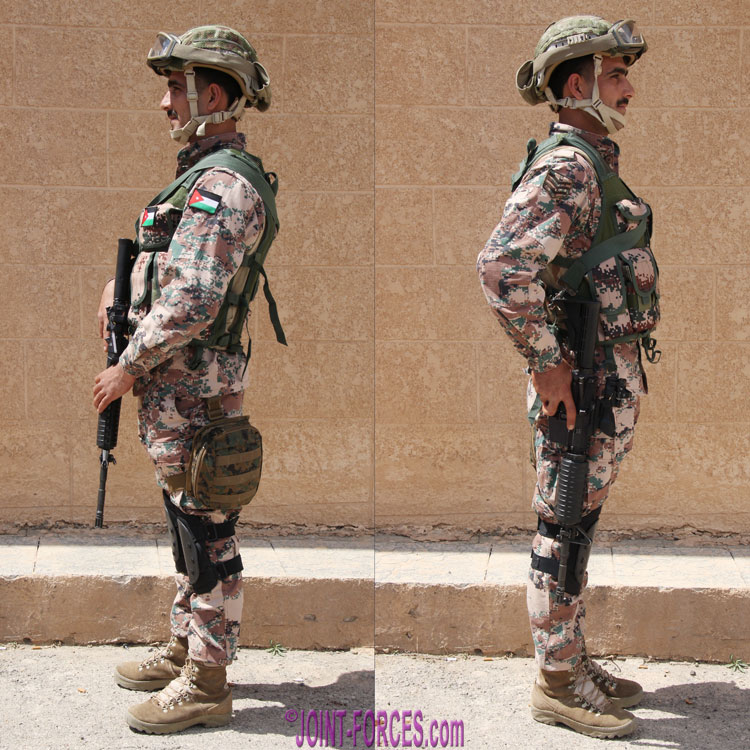
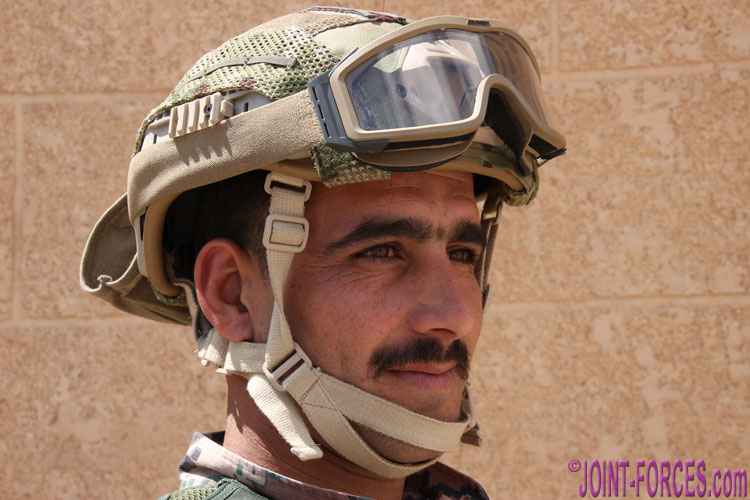
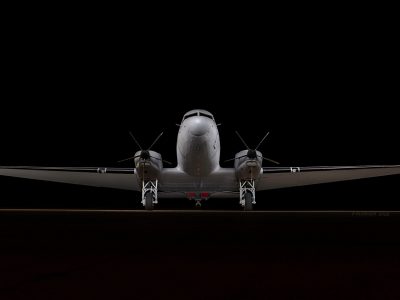
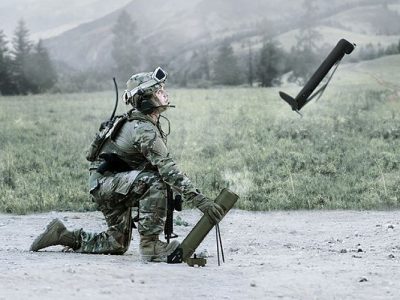
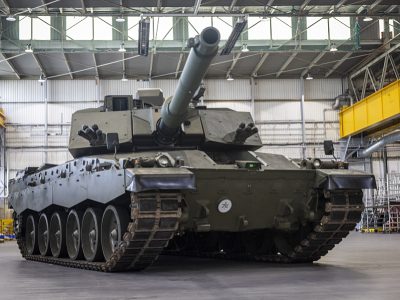
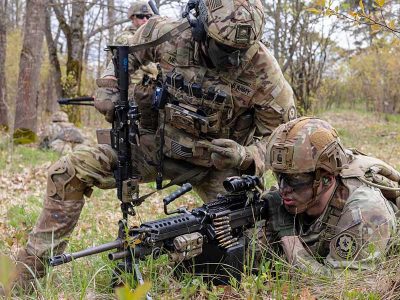


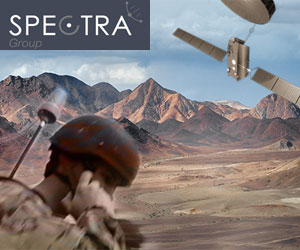



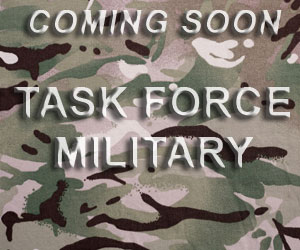







Pingback : Kit & Camo 002 ~ Jordanian Royal Guard - Joint Forces News
Pingback : Royal Saudi Land Force Digital Pattern | Joint Forces News
Pingback : Jordanian Armed Forces M2019 Pattern | Joint Forces News